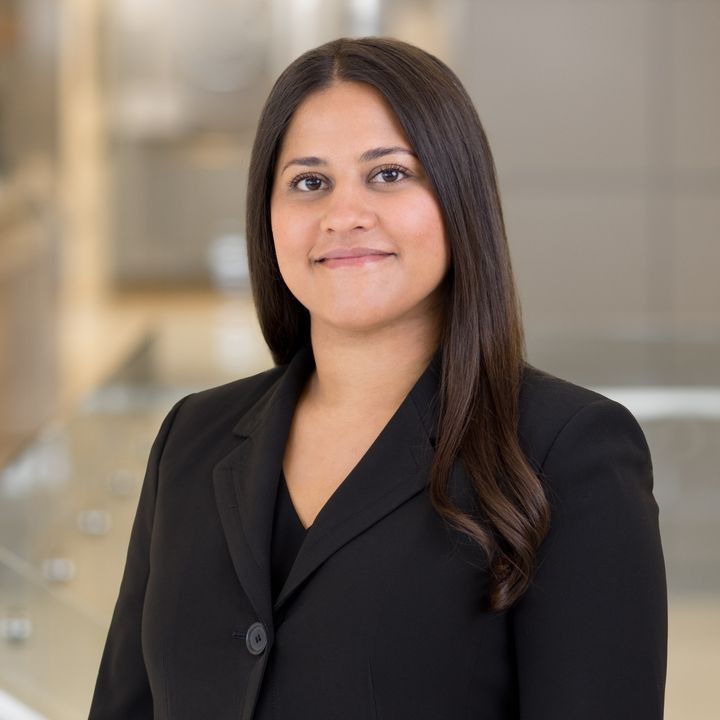GAO Implements Changes to Bid Protest Process
Client Alert | 1 min read | 04.06.18
On April 2, 2018, GAO published a final rule, effective May 1, 2018, implementing the long-awaited Electronic Protest Docketing System (EPDS) allowing for the electronic filing and documentation dissemination for protests. In addition to implementing EPDS, the final rule includes other changes to “streamline the bid protest process.”
Notable changes to GAO’s protest process as a result of the rule include the following:
- Implementation of the EPDS as the sole method for filing unclassified GAO protests.
- Instituting a $350 filing fee for all new protests.
- Clarifying that protests challenging solicitation improprieties that become known after the solicitation closes and without an amended closing date must be filed within 10 days of when the protester knew or should have known of the basis of protest.
- Clarifying the scope of GAO’s jurisdiction over the award of task/delivery orders and the propriety of an agency’s use of a non-procurement instrument to procure goods or services (e.g., other transaction authority (OTA)).
- Requiring redacted versions of protected documents only when requested by another party.
- Requiring an agency that overrides CICA’s automatic stay to notify GAO of the basis of the decision or provide a copy of the decision itself.
To read more, visit our blog post on the topic.
Contacts
Insights
Client Alert | 2 min read | 12.19.25
GAO Cautions Agencies—Over-Redact at Your Own Peril
Bid protest practitioners in recent years have witnessed agencies’ increasing efforts to limit the production of documents and information in response to Government Accountability Office (GAO) bid protests—often will little pushback from GAO. This practice has underscored the notable difference in the scope of bid protest records before GAO versus the Court of Federal Claims. However, in Tiger Natural Gas, Inc., B-423744, Dec. 10, 2025, 2025 CPD ¶ __, GAO made clear that there are limits to the scope of redactions, and GAO will sustain a protest where there is insufficient evidence that the agency’s actions were reasonable.
Client Alert | 7 min read | 12.19.25
In Bid to Ban “Woke AI,” White House Imposes Transparency Requirements on Contractors
Client Alert | 5 min read | 12.19.25
Navigating California’s Evolving Microplastics Landscape in 2026
Client Alert | 19 min read | 12.18.25
2025 GAO Bid Protest Annual Report: Where Have All the Protests Gone?





